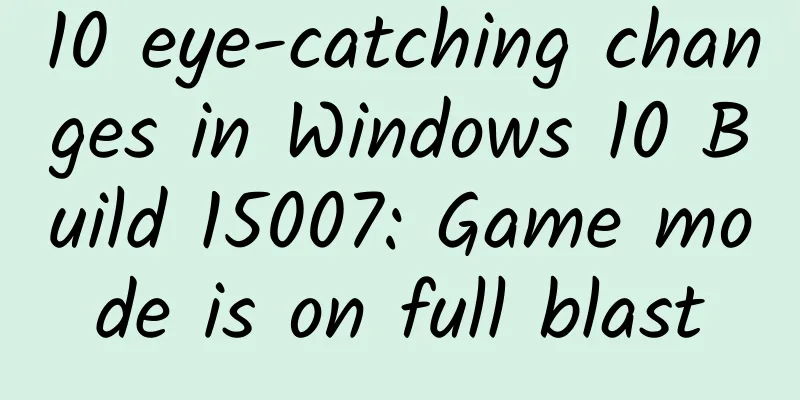How to write a WebSocket App with Scarlet in 3 minutes

|
In mobile applications, the data layer is the source of truth for what is displayed on the screen. However, when the WebSocket API was integrated in Tinder earlier this year, maintaining it became a headache. To make WebSocket integration easier on Android, Scarlet was created. WebSocket is one of the options for implementing the data layer in Android applications, especially when the application needs to update data in real time, such as chat, online multiplayer games, and real-time feeds. It establishes a two-way connection between the client and the server. When the connection is open, they can send text and binary messages back and forth with low overhead. This article will teach you how to quickly implement WebSocket in your Android application. set upTo implement Scarlet, first add it to your app/build.gradle file.
In the example provided by Scarlet, RxJava is used to help manage the flow of data sent by the web socket. Implement it in app/build.gradle.
If you are curious about Coroutine and Kotlin Flow support, see here: https://github.com/Tinder/Scarlet/issues/114 Now the important part of our setup is the service. We can test our WebSocket using websocket-echo (wss://websocket-echo.glitch.me); Create interface functionNext, create an interface to define the functions for communicating with the WebSocket.
As shown above, the service interface looks very similar to Retrofit. You can use the @Receive annotation to observe the data stream from the WebSocket and use @Send to send or subscribe to data to the WebSocket. With the service set up, we can move on to implementing the service in our activity; in this case, I didn’t use any architecture and just implemented the service in the Activity.
testNow we can test the code by sending something to the WebSocket. The WebSocket will send the same messages as they were received.
SummarizeThat’s all for this article. Scarlet is a great library that gives you access to implementing WebSockets in your Android app. You can easily set up Scarlet for your app with the tutorial above, especially if you’re already familiar with tools like Retrofit. |
Recommend
This is the correct way to clean up WeChat storage space. No wonder others can clean up several GB.
A few days ago, a fan left a message saying that ...
The most beautiful B-class hunting SUV Song L is fully equipped and launched at a shocking price of 189,800 yuan!
On December 15, BYD Dynasty Network's B-class...
Zhang Xiaolong announces eight rules for WeChat public platform
The "WeChat Open Class PRO Edition" was...
Who is jumping around on the beach? Of course, it’s the “Bouncing Prince” of the fish world.
Mudskippers, also known as jumping fish and loach...
Bilibili (B station) product operation analysis
As a content community that started out by relyin...
Douyin TopView super first advertisement is online!
"I've spent so much money, but can I rea...
Popular Science Illustrations | Light up smart elderly care by looking at these black technologies!
...
The price of HTC's uncompromising approach
HTC took the high-end route, first sold abroad an...
A pair of "enemies" received an award on the same stage - or was it a Nobel Prize?
At the Nobel Prize ceremony in 1906, a pair of &q...
Event promotion: Improve the conversion rate of offline activities?
This article will use offline activity cases to a...
What are the differences between Bytedance, Feed, and DOU+? How to choose?
DOU+, Feed and Qianchuan all belong to "paid...
Crossing the oceans and building a bridge of connection between China and Singapore
Tianjin Eco-City, a green new city growing out of...
Product and operation, why can’t you do conversion analysis well?
This article will share with you the necessity an...
An inconspicuous cooking habit can cause osteoporosis in the whole family
When it comes to osteoporosis, the first thing ma...
The core secrets of UBER's operating strategy (absolutely dry stuff)
Uber's approach is worth learning for the Don...









